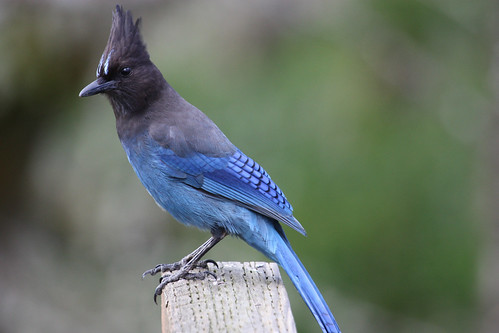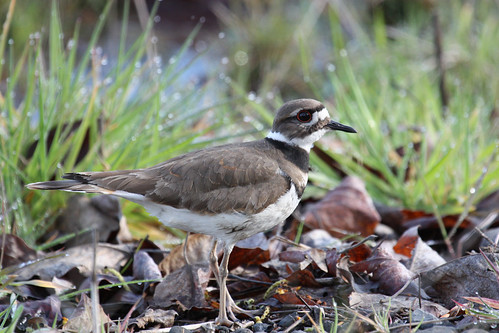
Oregon State University researchers are hoping to tap into the state’s growing population of bird-watching enthusiasts to create a volunteer team of “citizen scientists” to gather data on Oregon’s resident and visiting birds. Their project, called Oregon 2020, is seeking to fill some of the large gaps in data about Oregon birds, organizers say. Information about the project is available online at: http://oregon2020.com/.
“Oregon has a few species of birds we know very well – like the spotted owl, the sage grouse and the meadowlark,” says W. Douglas Robinson, the Mace Professor of Watchable Wildlife at OSU and director of the Oregon 2020 project. “However, the state has more than 500 species of birds and we know very little about many of them – even where they live. One goal of Oregon 2020 is to establish a baseline for the abundance and distribution of these birds so that in the future we can evaluate the impacts on them from disease, wildfire, climate change, or whatever other issues emerge.”
To help the OSU scientists, Robinson hopes to enlist a cadre of volunteers in each county to gather data on birds in their area. The project will offer online tutorials and guidance on how to collect and log the data, which will be part of the national eBird database run by Cornell University. The popular eBird site receives more than 1 million submissions each month – but few from Oregon. As part of the project, Robinson and others are holding periodic “bird blitzes” in Oregon counties where they will go out with volunteers to canvas all types of terrain. The first of these blitzes took place June 21-23 in Polk County.

“Polk County has the least amount of data in eBird for any county west of the Cascades,” points out Robinson, a professor in OSU’s Department of Fisheries and Wildlife. “Most of the data we do have comes from Baskett Slough National Wildlife Refuge, which is a unique habitat that draws waterbirds, migratory birds and those birds that prefer an oak savannah. But we’d like to know what else the county has to offer in the way of species.”
The eBird database likewise has few listings for birds on most of the counties east of the Cascades, so getting volunteers there is critical, Robinson pointed out. Sometimes these surveys provide data that turns out to be surprising, he adds. “Some species that are thought to be rare turn out to be more common than we previously thought,” Robinson points out. “The Oregon vesper sparrow, for instance, has declined along with its oak savannah habitat and there was concern it might be listed as endangered. But we conducted a series of roadside surveys in Benton County and found plenty of them. “As it turns out, they were considered rare because there weren’t enough watchers to explore the countryside,” Robinson adds. “That’s what makes these surveys so important.”
Robinson is eBird’s official reviewer for Benton County, which means he looks over the submissions and analyzes them for their validity. “Sometimes, a volunteer may log the sighting of a golden eagle, when it is far more likely to be an immature bald eagle,” he says. “As a reviewer, I can correspond with the observer to make sure we get the correct identification. This gives us confidence that observations logged in eBird are valid.”

People interested in volunteering should log onto the Oregon 2020 website. In addition to county blitzes, participants will be offered workshops to learn better methods for counting birds, documenting species and using eBird. A GPS instrument is helpful, but not essential, Robinson said, since eBird has a mapping function.
“We’re hoping to do what we wish Lewis and Clark could have done more than 200 years ago,” Robinson said. “Imagine if they could have logged not just observations of species, but actual numbers and specific locations. That’s what we’d like to create. We want future generations to be able to go to exact locations in Oregon and compare species and numbers to what we observe today.”
